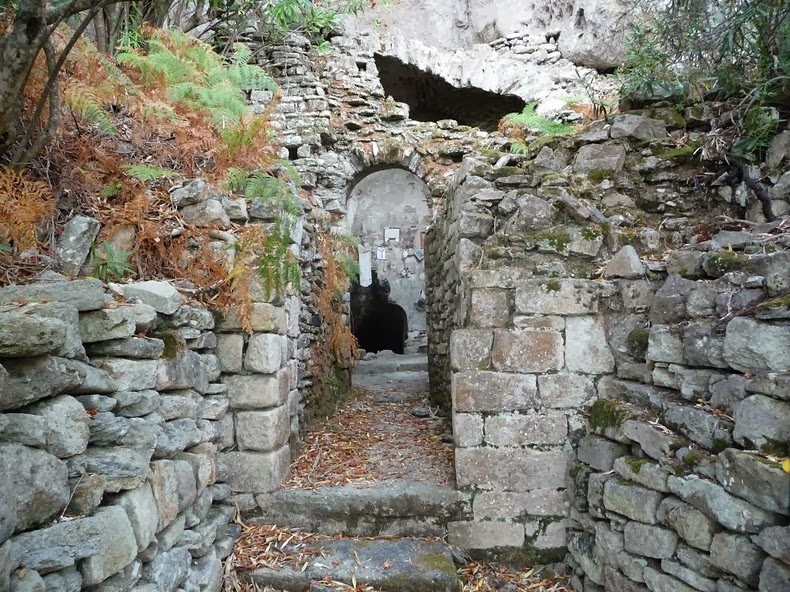The island of Montecristo is one of the seven islands that make up the Tuscan Archipelago in the Tyrrhenian Sea, about 60 km from the coast of Italy. Made famous by Alexandre Dumas’ classic novel of betrayal and revenge - “The Count of Monte Cristo”, the uninhabited island is shrouded with mysteries and numerous legends that surround this place. Until very recently, Monetcristo remained strictly off-limits to tourists after it was declared a nature reserve more than 40 years ago. Today, only a thousand tourists are allowed to visit the island each year under a tightly-controlled permit system.

The caves of Montecristo was once home to several hermits who escaped the vandals of Genseric in the 5th century AD. It was these hermits who christened the island "Mons Christi", from which the modern name is derived. At the beginning of the 7th century, the Monastery of St. Mamilian was founded and a chapel was built in the very cave where the saints took shelter. Over the years, donations from several noble families made the monastery powerful and rich.
In the 1550s, the notorious Turkish pirate Red Beard and his successor Dragut, seized the monastery on Montecristo and set up their base giving rise to the legend of treasure hidden on the island. Dragut is thought to have accumulated vast wealth which he had stashed away in a hidden grotto somewhere on the island. Over the centuries many have attempted to find Dragut’s treasures, but no one has ever been successful. It was this legend of hidden treasure that inspired Alexandre Dumas to write The Count of Monte Cristo.
Dumas arrived on the island in 1842, in the company of Napoleon Bonaparte's nephew. He immediately fell in love with the island and thought it was “fantastic and lonely, smelling of thyme and broom.”
He decided to write The Count of Monte Cristo where the protagonist Edmond Dantes, discovers a pirate's treasure on the island after being tipped off by his companion in prison, Abbé Faria. Edmond Dantes is wrongfully sent to jail, where he befriends a fellow inmate who tells him that there is a trove of treasure on Montecristo. Dantes escapes the prison, finds the treasure and buys himself the title of Count of Montecristo. He then proceeds to exact revenge on the men who framed him as a traitor.
A few years ago, Montecristo was overridden with hordes of black rats that were believed to have arrived on the island as stowaways on boats, and multiplied to gigantic proportions. Due to the inaccessibility of the terrain, the island was bombed from the air with 26 tons of poison pellets in January 2012, despite concerns raised by environmental groups that indigenous species of wildlife and the surrounding waters might also be adversely affected.
The rat eradication effort was largely successful, and Montecristo is now reportedly the largest rat-free island in the Mediterranean. The eradication of rats from islands has helped recover the population of the endangered Scopoli’s shearwater (Calonectris diomedea) from none to around 90%. It is also hoped that eradication of the rats will allow the recolonization of Montecristo by European Storm Petrels (Hydrobates pelagicus), a species that has not been recorded on the island since the 1960s.


The Isle d'If with Chateau d'If near Marseille, France – the prison where Edmond Dantes was imprisoned. Photo credit



The monastery at Montecristo Photo credit




No comments:
Post a Comment